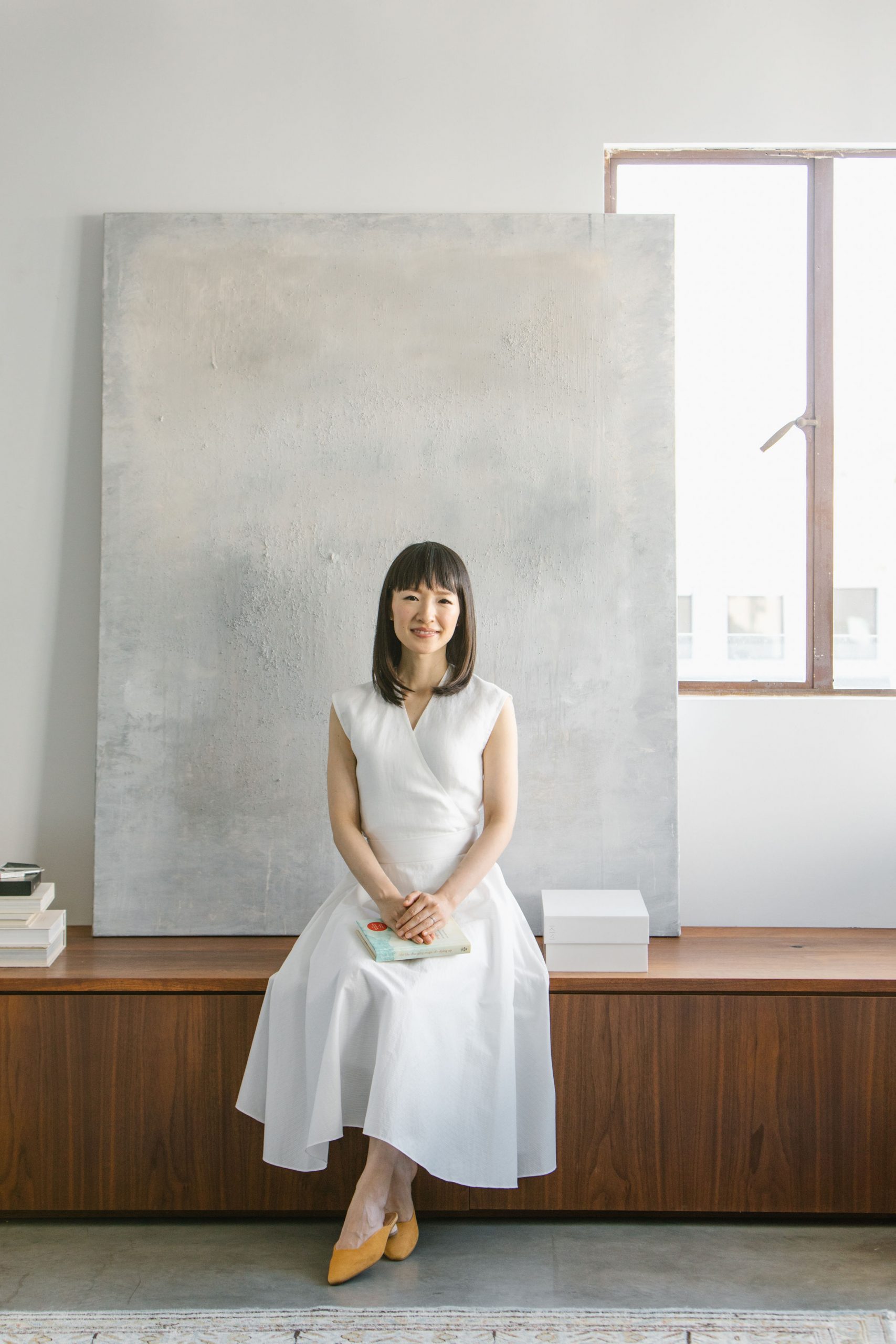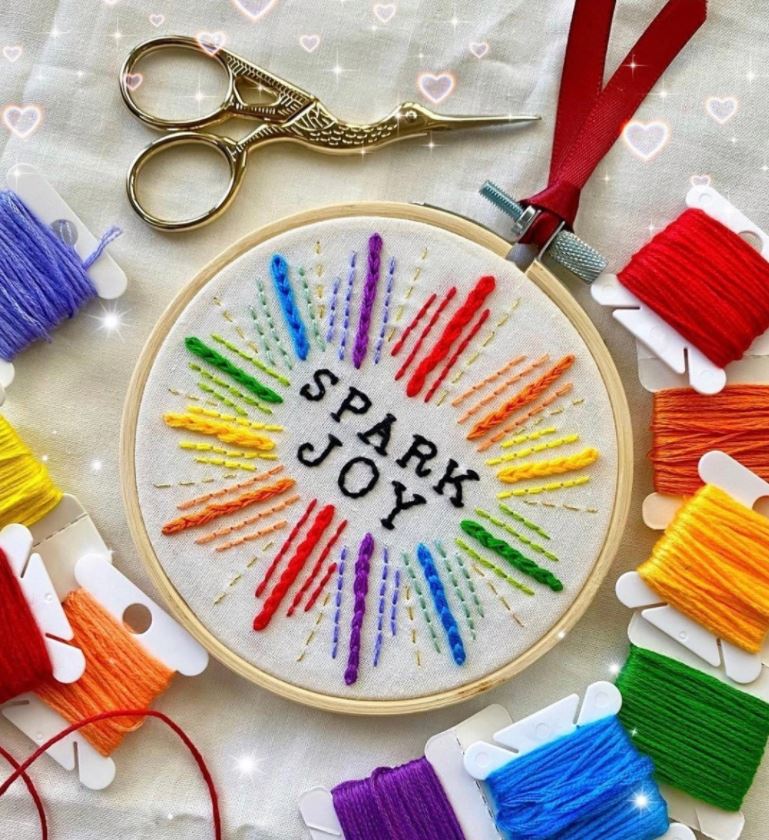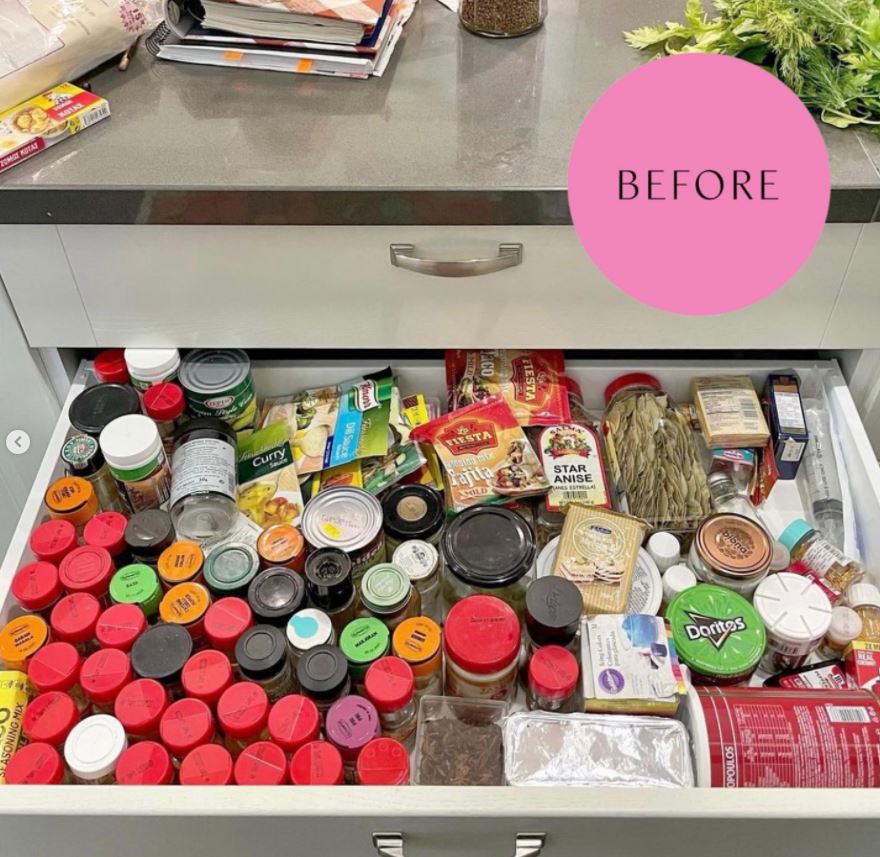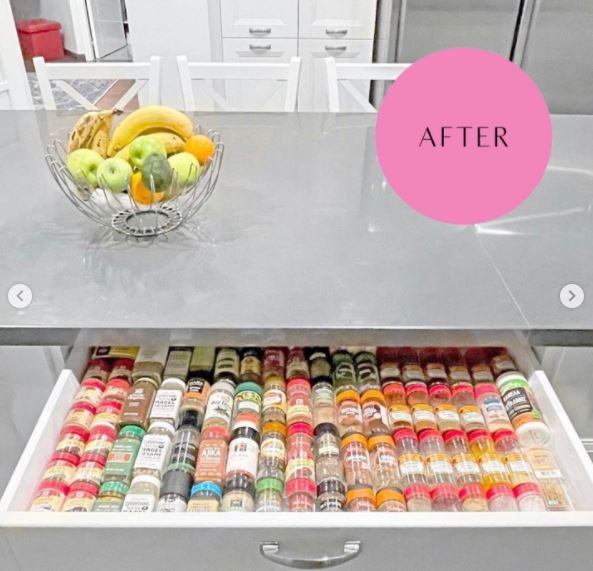Ever heard of the KonMari method? The particularly effective organization tips of the Japanese consultant Marie Kondo became famous in 2019 through the Netflix series “Tidying Up with Marie Kondo”. We took her advice to heart and tell you what worked – and which decluttering steps pushed us to our limits.
Marie Kondo’s first book, Magic Cleaning: How Tidying Up the Right Way Changes Your Life, was published back in 2011, and a few years later it became a Netflix series with eight episodes. With her successful moderation, the organization queen has won several Emmy nominations and cleaned up millions of homes. One of her most important questions is, “Does this spark joy?” After all, the objects and clothing you surround yourself with should bring joy, not weigh you down. But can all Kondo’s advice be put into practice so easily? We tried it out.
Everything at once
The goal of the KonMari method is permanent order: because constantly reorganizing your own seven things usually doesn’t work in stressful everyday life – and the mess gets out of hand again all too quickly. It is therefore important to create a system that makes it easy for us to keep our surroundings organized in the long term. The first step is to get an overview of all your belongings and completely clear them out in one go. You should take a lot of time to do this – more than you think. A weekend wasn’t enough to deal with the mess we created, so plan for a few more days.Tidying up in categories instead of rooms
First clothes, then books, then documents and papers, then various odds and ends (“Komono”), and finally the mementos with emotional value: for Marie Kondo, of course, the tidying process also follows a clear system. Clearing out is therefore not done according to rooms, but according to categories. So if you think to yourself, “I need to clean out my closet again,” this step should also include the coats stashed away in the attic. Throw everything in a pile and you’ll be amazed at how much you own. The challenge: Within a very short time, you’ll find yourself in a huge tidying-up turmoil. Not only the contents of the manageable sock drawer are piled up in front of you, but also your entire clothing assortment. Now it’s time to take a deep breath!Does this spark joy?
Now comes the famous Kondo question: Do the pieces make you happy? For this, you should deal with each piece individually, look at it closely and touch it. If it triggers feelings of happiness, you keep it – if not, it has to go. After all, if you only surround yourself with things that make you happy, you’ll be happy and tidy inside, according to Kondo’s motto. But that’s easier said than done: our endorphins showed themselves from a restrained side when we wore a conservative wool blazer. Nevertheless, we don’t want to part with it so quickly: After all, you also want to be prepared for formal occasions. And buying a new piece of clothing with the same function but a more appealing look is of course also a question of budget. Basically, however, the Glücksgefühl approach is extremely practical: You quickly notice which things you don’t really want to wear or use anymore and which you can safely do without.Stacking was yesterday
Once you’ve decided which pieces will continue to dress you, it’s time to put them away. And here, too, Kondo has developed her own methodology. Instead of stacking T-shirts on top of each other, for example, she rolls them into small packages that are stored “upright” in drawers. That way, you have a better view of everything and don’t just see the top garment of a stack. If you store garments on hangers, it’s best to arrange them in an ascending line: short skirts and blouses go to the right, dresses and vests in the middle, and long coats and heavy jackets to the left. We have found: The standing storage of T-shirts, sweaters, and Co in dressers is a real relief! A simple trick that provides more order. However, we also quickly realized: A visit to the furniture store we trust is unavoidable.
After all, to establish the structured Kondo system, you need some additional boxes, drawer inserts, and small drawers, for example, to better use the compartments of the closet.













